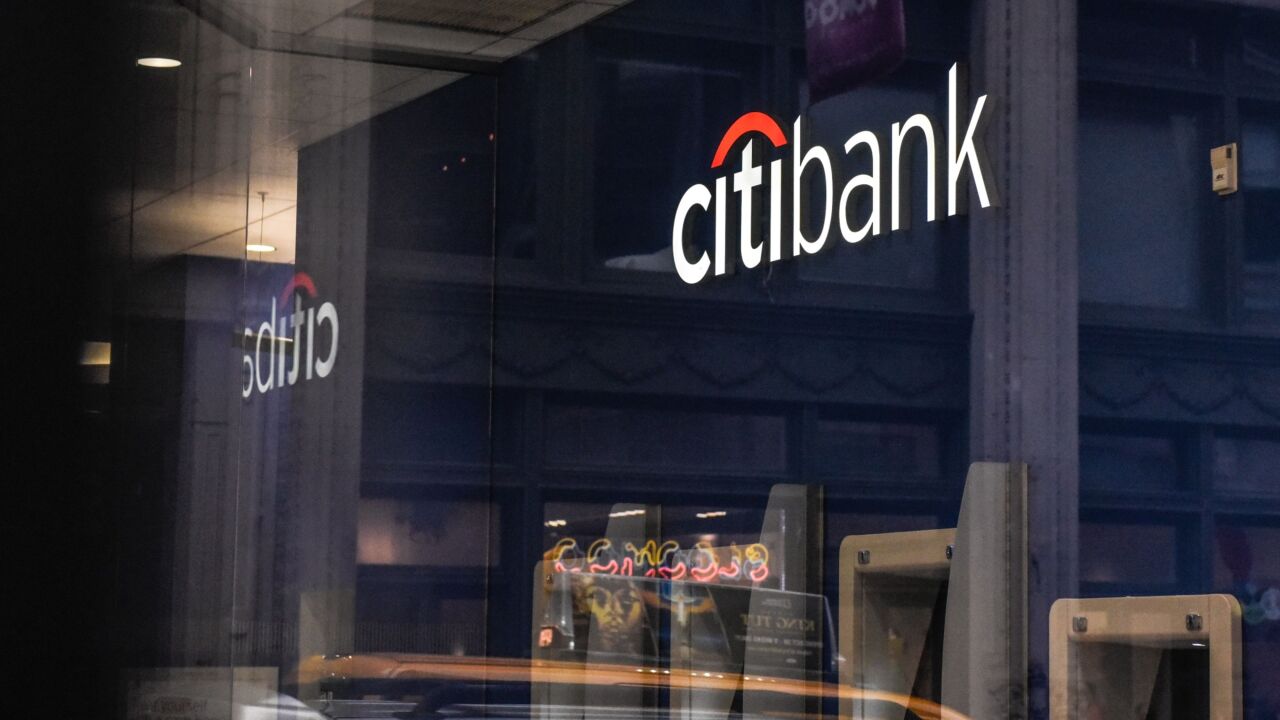Visa has had a major sponsorship role at past summer Olympics, using the setting to test new technology. This type of "global lab experiment" lets the card brand view the four years between this major athletic event as a gauge for payments advancements.
In London in 2012, Visa equipped its sponsored athletes and guests with mobile phones and
Next month in Brazil, Visa athletes and guests will be wearing an NFC Ring with a tokenized general purpose reloadable Visa prepaid card, its first venture with a ring carrying payments capabilities.
The impetus for Visa to introduce an NFC Ring in the
"We developed it through a Gemalto kit for a one-time load prepaid product, but when users also tapped it at a non-payment reader, like on a bus, it would alert someone else as to that person's whereabouts," said Christopher Dean, senior director of innovations and partnerships for Visa.
After that experiment with payments wearables, Visa had more time to contemplate how to move away from payments wristbands and into a chip-enabled ring, Dean said.
"It's an experiment for us to get the protocol off the ground, and we contacted the NFC Ring company and worked to create an attractive ring that someone would want to wear," Dean added.
NFC Ring, with offices in London and Boulder Creek, Calif., had not previously embedded a payment chip in its product. For the past two years, NFC Ring was promoting its product as a way for consumers to unlock doors or mobile phones, or transfer information to other people.
But the company and its president John McLear worked with Visa to "stitch together an NFC antennae that encircles the ring" and also completed EMV testing, Dean said. After the ring was ready to communicate with NFC readers, Visa went back to Gemalto to test cryptographic keys and prove its accuracy before approaching issuers to establish card credentials on the chip.
The entire process put Visa right where it wants to be in regard to NFC wearables. "Token and personal account number-based product technology is there and anyone can do it," Dean said. "Visa will enable all of the upstream technology in regards to APIs, the Visa Token Service, and the applets that go inside the chip on the ring," he added. "But enabling all of that for consumer use would not come directly from Visa."
In other words, Visa is not going to turn into a wristband, watch or ring manufacturer over night. But it will have the ingredients those manufacturers need to deliver a payments-enabled device to their customers.
Depending on the guest, Visa will load between $100 and $400 on the NFC Ring for use at any of the 4,000 payment terminals in the Olympic Village, but after the Olympics also at any NFC-enabled terminals accepting Visa. NFC Ring users wanting to use the ring for payments after the Olympics can go onto a designated Visa cardholder portal, log in and register a debit or credit card to the ring.
Visa estimates it will have 50 sponsored athletes at the games and as many as 400 other guests. But NFC Ring manufactured 5,000 rings, a mix of black and white models in various sizes, to accommodate all of Visa's clients to make sure each can find one that will fit.
"We will have many left over," Dean said, but NFC Ring plans to make the payments-enabled ring available as one of its products after the Games.
The consumer engaging an NFC Ring with a payment terminal simply has to make a fist so as to expose as much of the ring band, and its antennae, as possible in a tapping motion at the NFC reader.
Visa will also provide a companion plastic Visa card with the ring for guests to use at ATMs or at terminals not accepting contactless payments. Visa will also issue some other payments wearables or wristbands branded specifically with sponsors in Brazil.
In the meantime, development of payment-enabled rings is likely to increase throughout the industry. London-based





